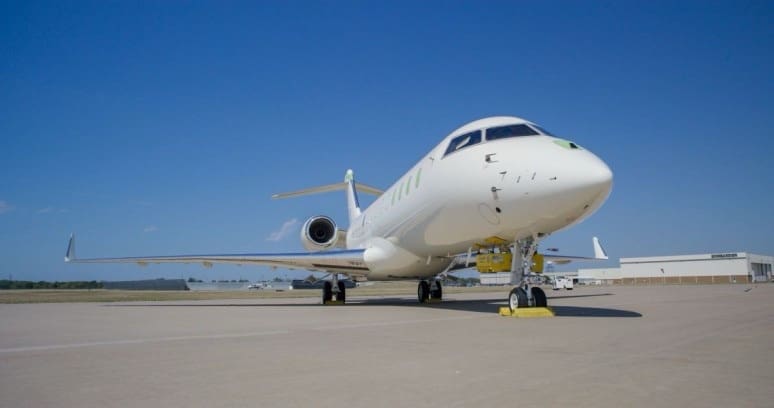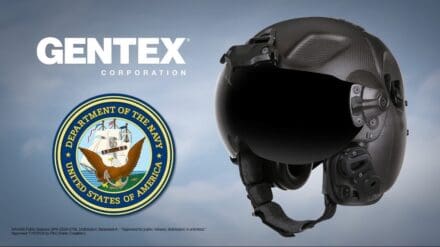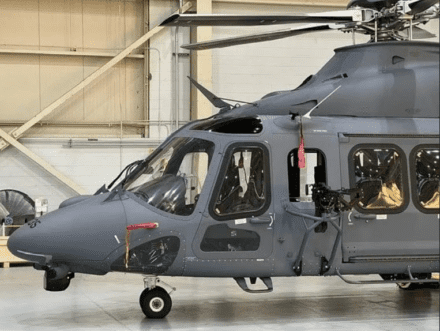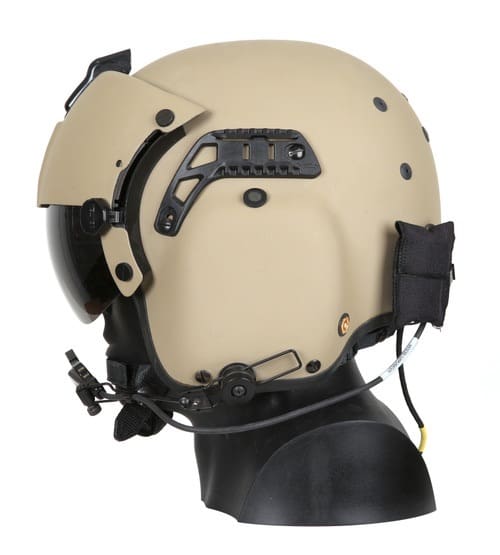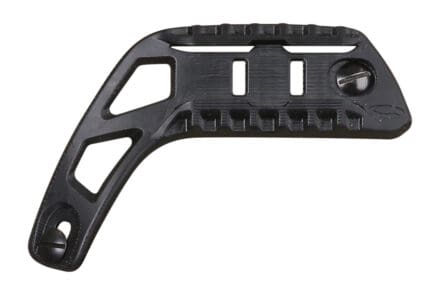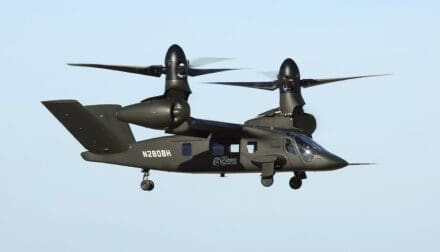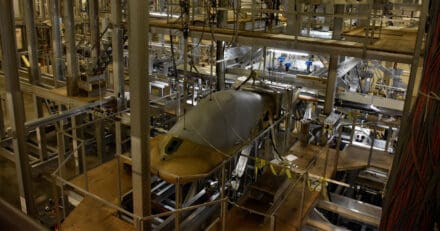HURLBURT FIELD, Fla. —
Air Force Special Operations Command, in partnership with Air Force Operational Energy and the Defense Innovation Unit, is testing drag reduction technology to enhance combat capability to mitigate operational risk to the warfighter.
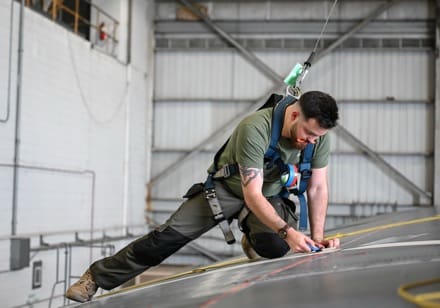
“AFSOC is thrilled to be at the forefront of innovations in drag reduction technology,” said Robert McMaster, SOF Mobility Requirements Analyst. “What we are supporting as a MAJCOM will reduce fuel costs, increase aerodynamic efficiency and flexibility, and may have significant positive implications across the entire service.”
The effort is part of the Air Force’s desire to update legacy aircraft through the application of drag reduction technology. By reducing drag, an aircraft is more aerodynamically efficient which decreases the aircraft’s fuel usage and increases mission capability.
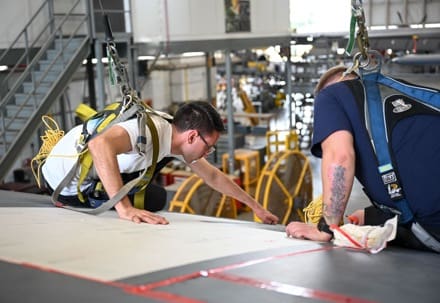
“By exploring drag reduction technology for our legacy airframes we are not only improving performance but also optimizing our energy usage across the enterprise,” said Bill Clark, Operational Energy Analyst for the Office of the Assistant Secretary of the Air Force, Installations, Energy and Environment (Air Force Operational Energy). “This translates to cost savings for taxpayers and increased capability for our warfighters.”
AFSOC is testing various drag reduction technologies, which Air Force Operational Energy has funded with the goal of fielding the technology on all C-130 variants. The first test of drag reduction technologies took place here in October with a shark skin-inspired ‘riblet’ film. Early next year AFSOC will support another drag reducing technology by installing small finlets on the C-130 rear cargo door which will smooth out turbulent airflow.
“AFSOC has aircraft at Hurlburt that are specifically used to pathfind new technologies. By using them for this riblet test, it avoids impacting combat coded aircraft from training and operations,” said McMaster. “This is a complex science project where the results may have far-reaching benefits.”
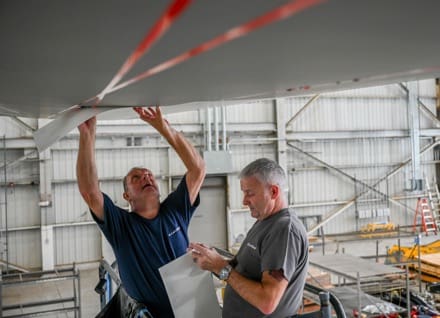
In the coming years, the data collected during the flights will be used to formulate the life-cycle cost-benefit analysis and inform the DoD procurement process of potential drag reducing, fuel saving technologies.
“Drag reduction technologies improve our overall posture for Great Power Competition by optimizing aircraft performance through the lowering of demand for energy in fuel constrained environments,” said Mr. Roberto Guerrero, Deputy Assistant Secretary of the Air Force for Operational Energy, Safety and Occupational Health. “Large theatres, such as the Pacific, require our aircraft to fly long distances to conduct operations. The technologies we are working on today will ensure our forces make it to the fight with the energy supplies needed to win the day.”
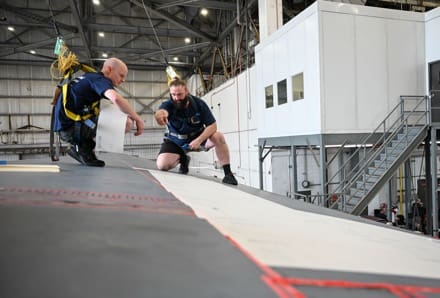
Optimization programs like this support the DoD’s operational energy goals, as well as the Department of the Air Force’s goal of increasing legacy aircraft performance and capability. Overall, these goals reflect the DoD’s and Air Force’s commitment to improve energy intensity of current operations, advance transformative technologies, and develop an energy-optimized force that maximizes combat capability.
Air Force Special Operations Command


